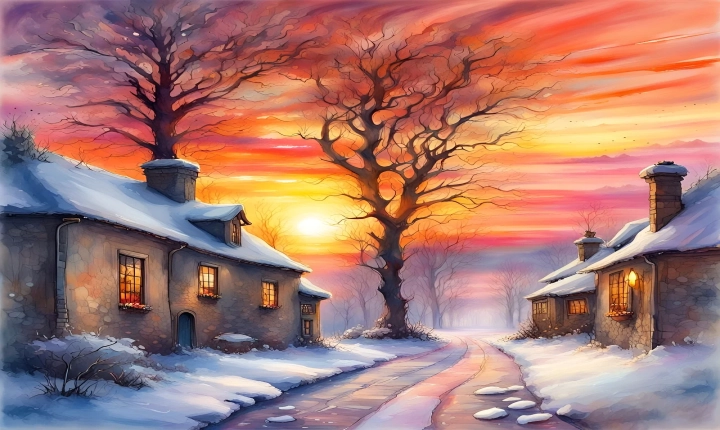The use of artificial intelligence (AI) to create art has sparked a debate about the authenticity and legitimacy of AI-generated artworks. With advancements in technology, AI has been programmed to generate paintings, music, and even poetry, blurring the line between human creativity and machine-generated output. This phenomenon has left many wondering whether AI-generated art can be considered real art.
One of the primary arguments in favor of AI-generated art being real is that the AI system itself is designed and programmed by humans. It is a tool that follows algorithms and training data fed into it by its creators. Therefore, the AI is essentially an extension of human creativity and ingenuity. Proponents argue that just as using a paintbrush or a musical instrument is a means of expressing creativity, using AI as a tool to create art is a legitimate form of artistic expression.
Furthermore, AI-generated art has its unique characteristics and creativity. AI has the capacity to analyze vast amounts of data and identify patterns that humans might overlook. This ability allows AI to create innovative and unconventional art pieces that challenge traditional norms and perceptions. In this sense, AI-generated art can be seen as a new and distinct form of artistic expression that enriches the art world.
However, critics of AI-generated art argue that true art should stem from genuine human emotion, intellect, and experience. They argue that art is a reflection of the human condition, and AI lacks the consciousness and emotional depth necessary to create authentic art. They see AI-generated art as merely a replication or imitation of human creativity, lacking the soul and depth that characterizes genuine artistic expression.
Another point of contention is the role of intention and agency in art. Traditional art involves the conscious decisions, intentions, and interpretations of the artist. With AI-generated art, the artist’s agency is transferred to the programmers and the data used to train the AI system. This raises questions about authorship, originality, and the authenticity of AI-generated artworks.
As the debate continues, the art world is grappling with how to categorize and value AI-generated art. Institutions and art markets are beginning to recognize and exhibit AI-generated art, raising questions about how to attribute authorship and ownership. Some argue that AI-generated art should be considered a new category or genre of art, while others are more skeptical and continue to emphasize the importance of human creativity in the art-making process.
In conclusion, the question of whether AI-generated art is real is an ongoing and complex debate. While AI-generated art has the potential to push the boundaries of creativity and innovation, it also challenges traditional notions of authorship and authenticity in art. As technology continues to advance, it is likely that the art world will need to adapt and evolve in its understanding and acceptance of AI-generated art. Whether AI-generated art is real or not ultimately depends on one’s perspective and the criteria by which art is evaluated.
